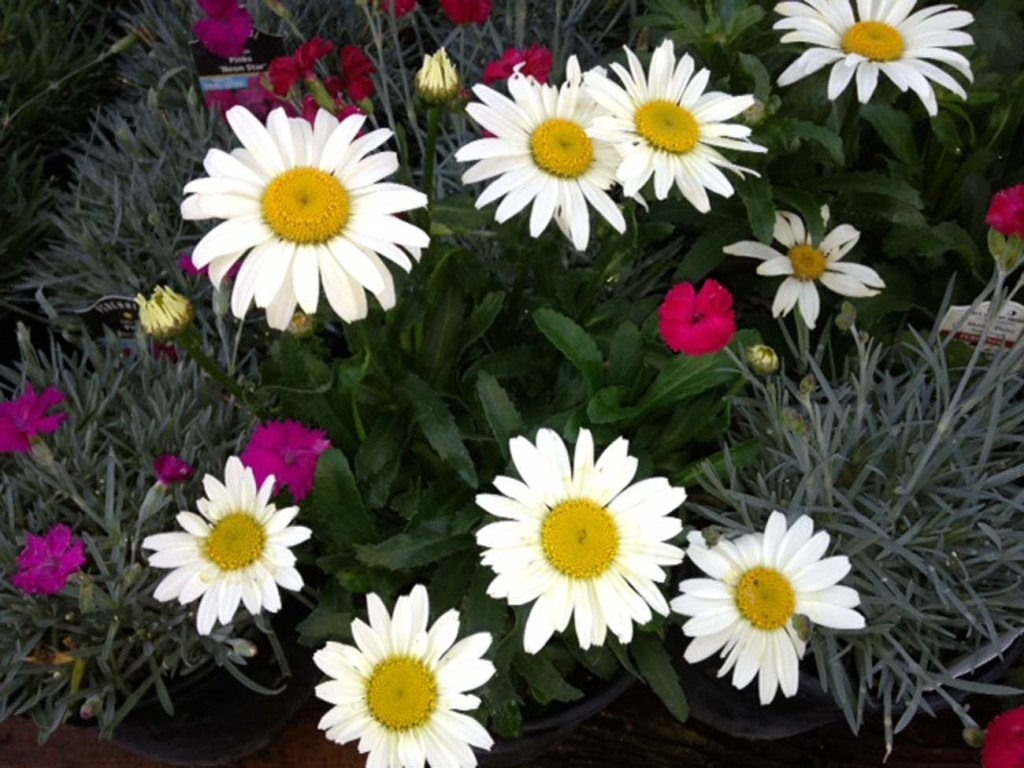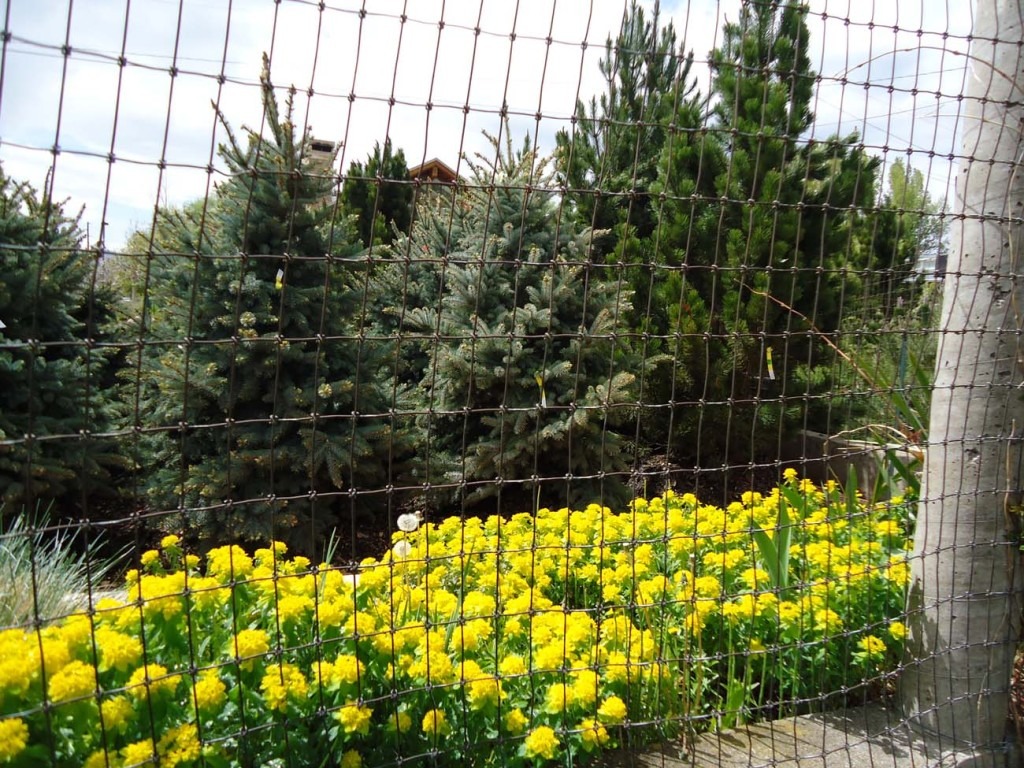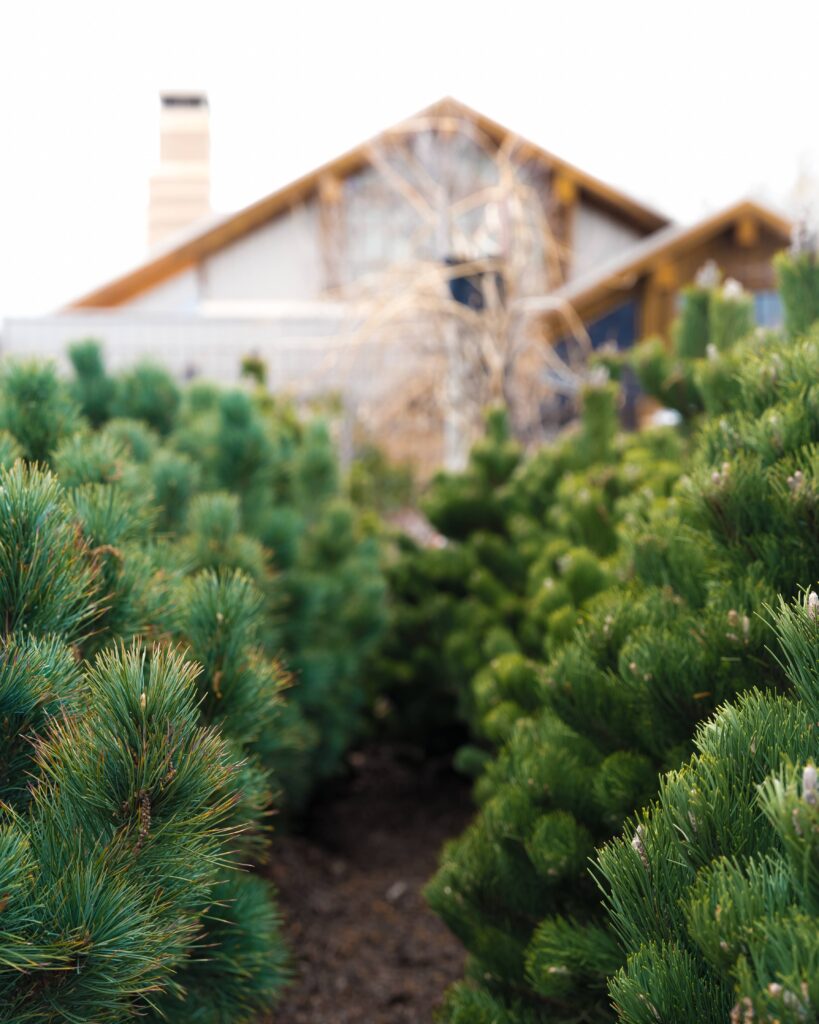Utah Native Plants
Logan UT
If you want a beautiful, low-maintenance garden, with plants that are often drought tolerant, Utah native plants are a great choice! These plants grow well here, need less water, and help local wildlife.
Perennials keep your yard colorful year after year. Many Utah native flowers handle the dry weather with ease. They bring in pollinators, need little care, and make your garden look great with almost no effort.

Native trees bring shade, clean air, and beauty to your yard. Aspen trees glow golden in the fall, while the Blue Spruce Christmas tree is a classic for the holidays. These trees are built for Utah’s climate and will make your yard stand out.

Native Utah shrubs are hardy and easy to grow. They help the soil stay in place, give wildlife a home, and add shape to your yard. Once planted, they don’t need much water to do well.
